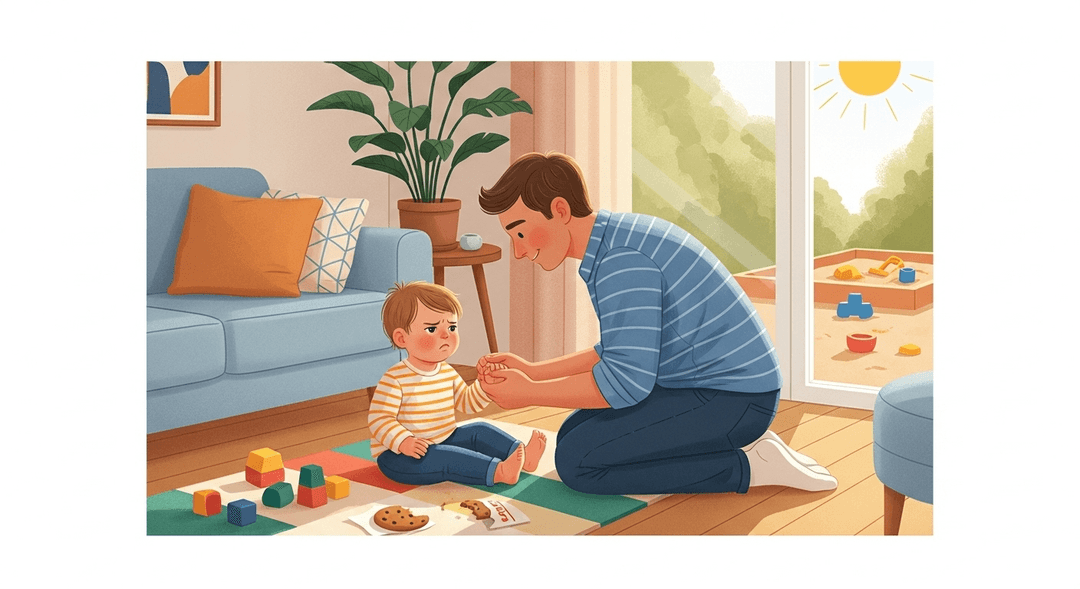Emotion Coaching
Ever tried to play emotional charades with a toddler who’s just been denied their third cookie? Welcome to the wild world of emotion coaching, where you’re suddenly the Mr. Rogers of meltdown management. If you’ve ever found yourself negotiating peace treaties over sandbox turf wars or decoding the difference between ‘I’m mad’ and ‘I’m hungry,’ this is your jam. Spoiler: you’ll say ‘I see you’re feeling upset’ more times than you ever imagined.
Helping your child label and manage emotions actually rewires their brain for better self-control, resilience, and empathy. It’s like giving them a tiny internal user manual for their feelings. You get fewer outbursts, they get better at handling playground politics, and science says their prefrontal cortex (that’s the brain’s CEO) gets a real workout. Bonus: you might level up your own emotional skills too (because apparently, adults need reminders to use their words, not just their eye rolls).
How to do it
-
Watch for early signs of a meltdown—try to notice the cues before the full wail begins.
-
Get on your child’s level. Squat down and make eye contact, even if it’s uncomfortable for you.
-
Name the feeling: say something like, “You look really frustrated that you can’t have the blue truck.”
-
Validate their emotion: reassure them with words such as, “It’s okay to feel mad; everyone feels that way sometimes.”
-
Guide them gently: suggest, “Let’s take a deep breath together and think of what we can do next.”
Repeat these steps as needed. Remember, you’re not raising a robot—you’re raising a human with big feelings and tiny impulse control.
Key Tips:
- Stay calm and patient, even if your child isn’t.
- Use a gentle tone and open body language.
- Focus on connection before correction.
- Practice these steps regularly to build emotional skills over time.
